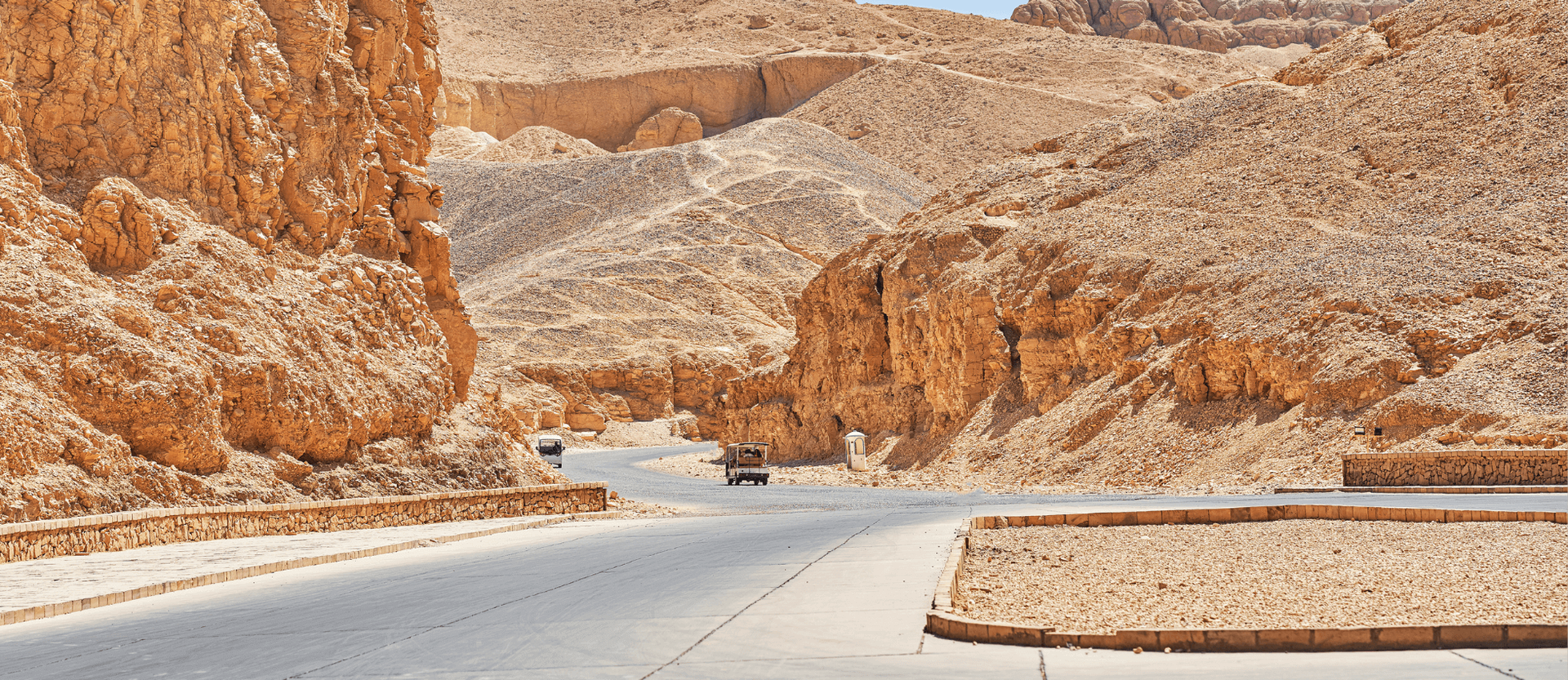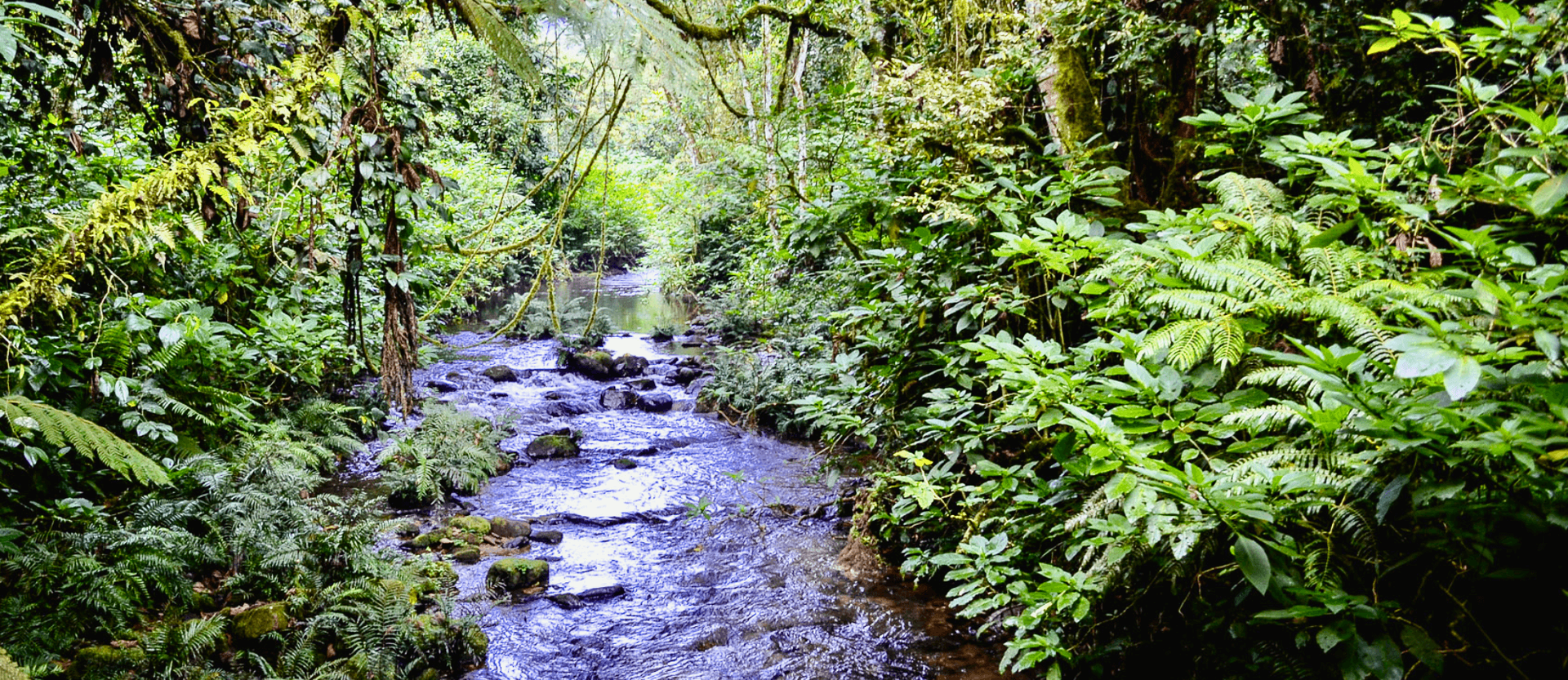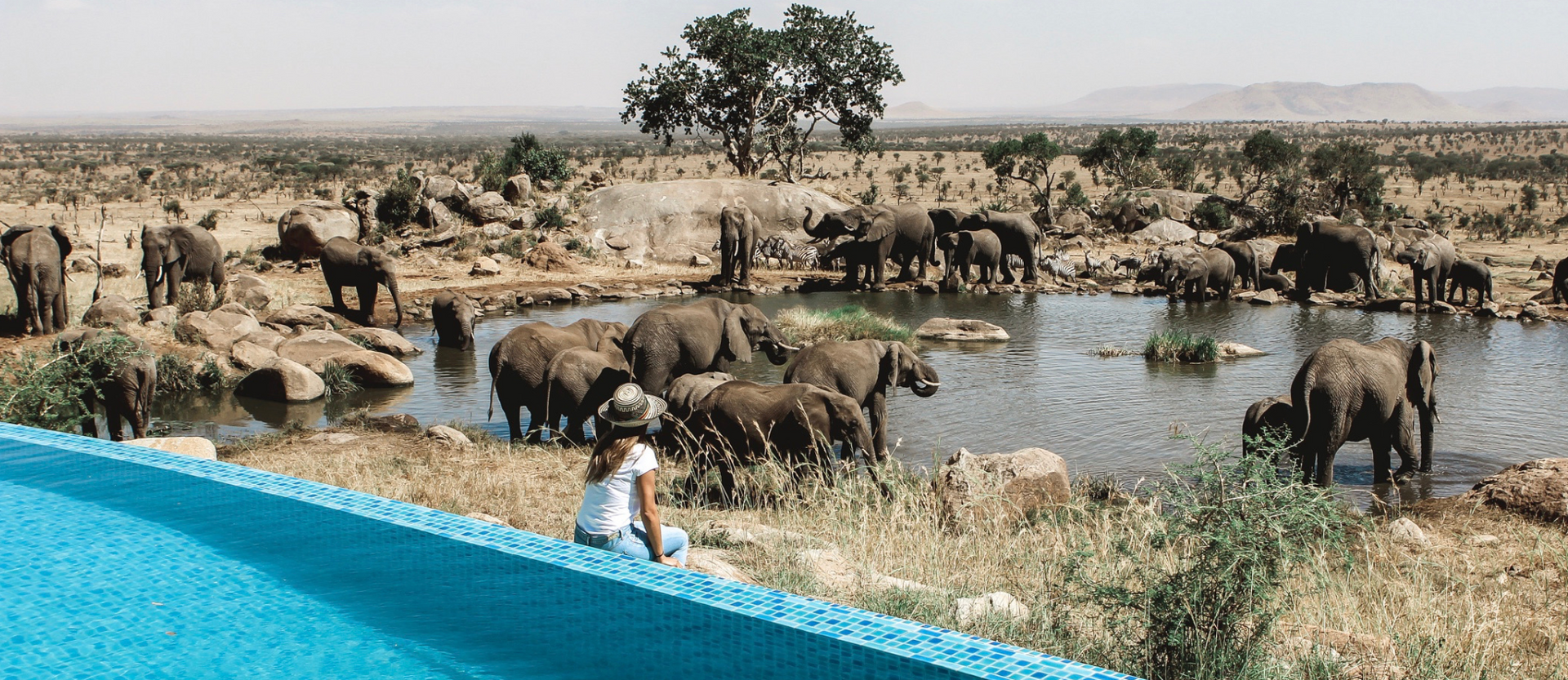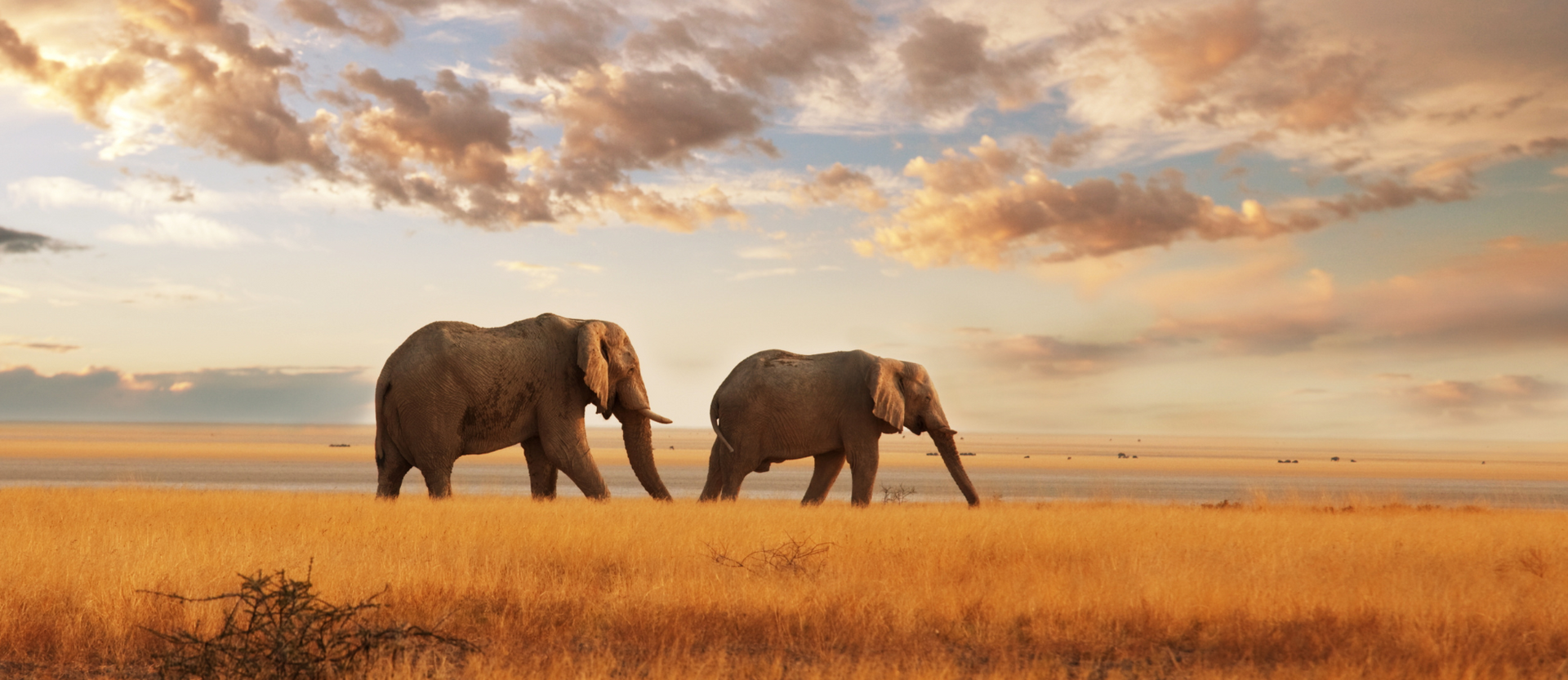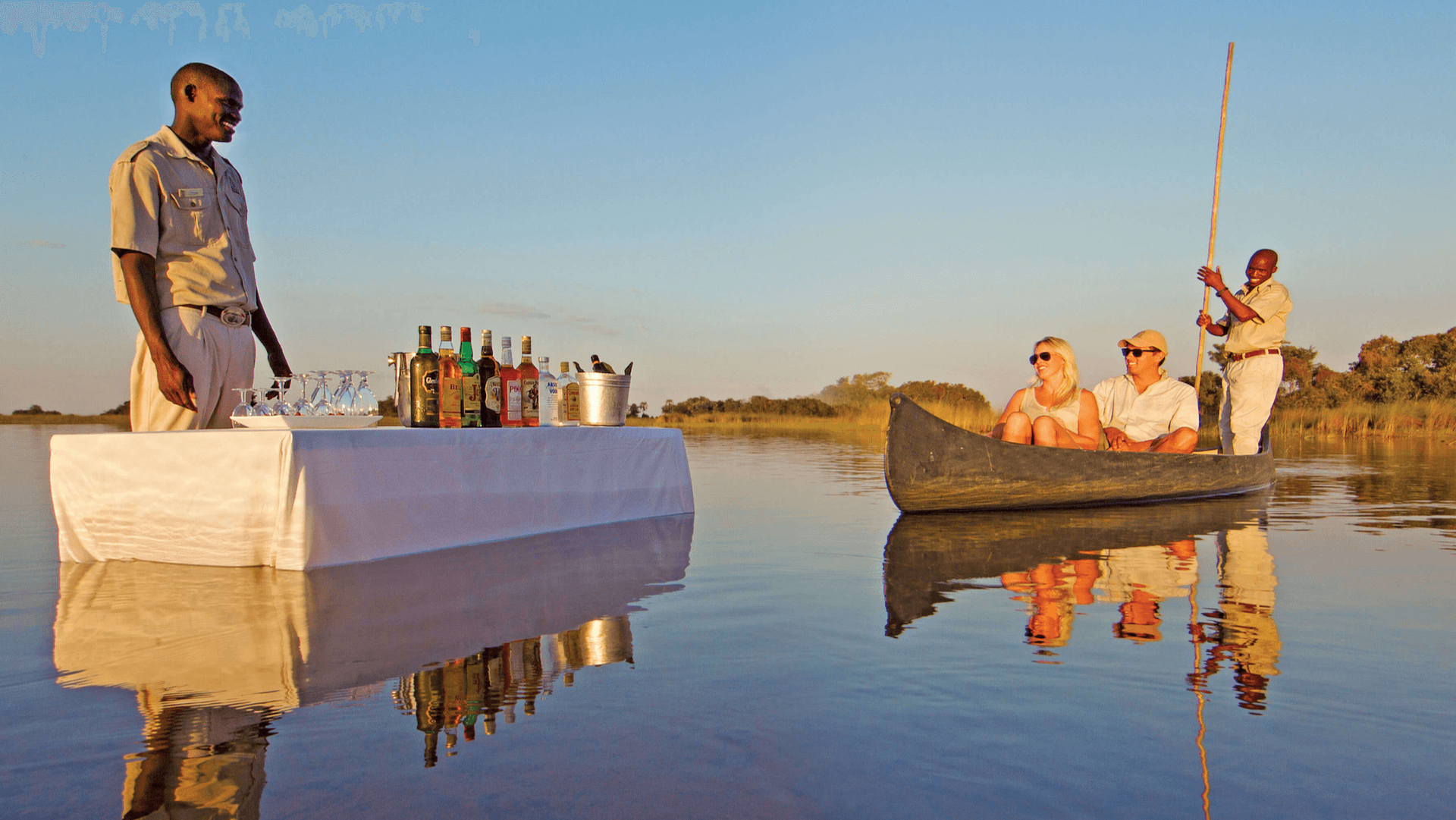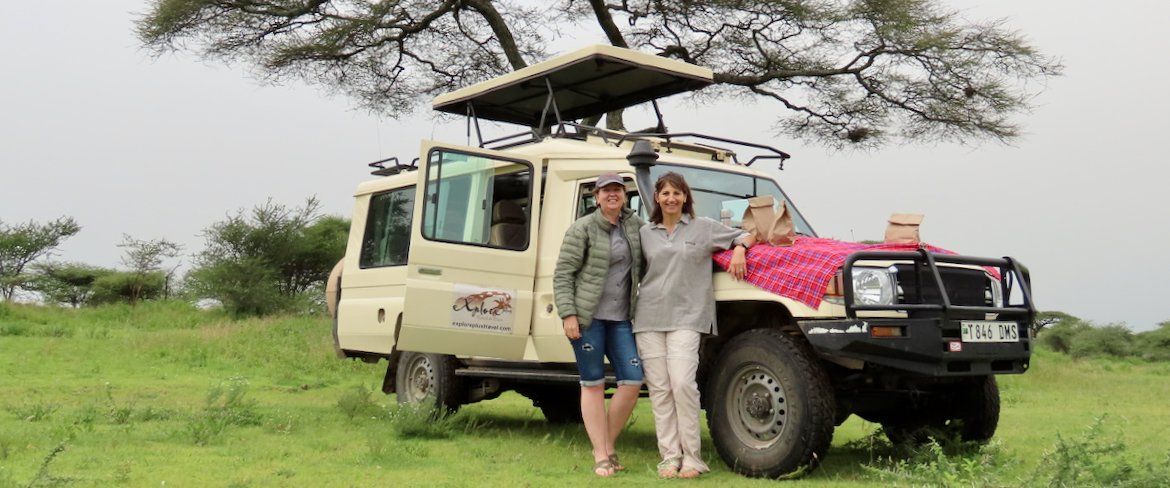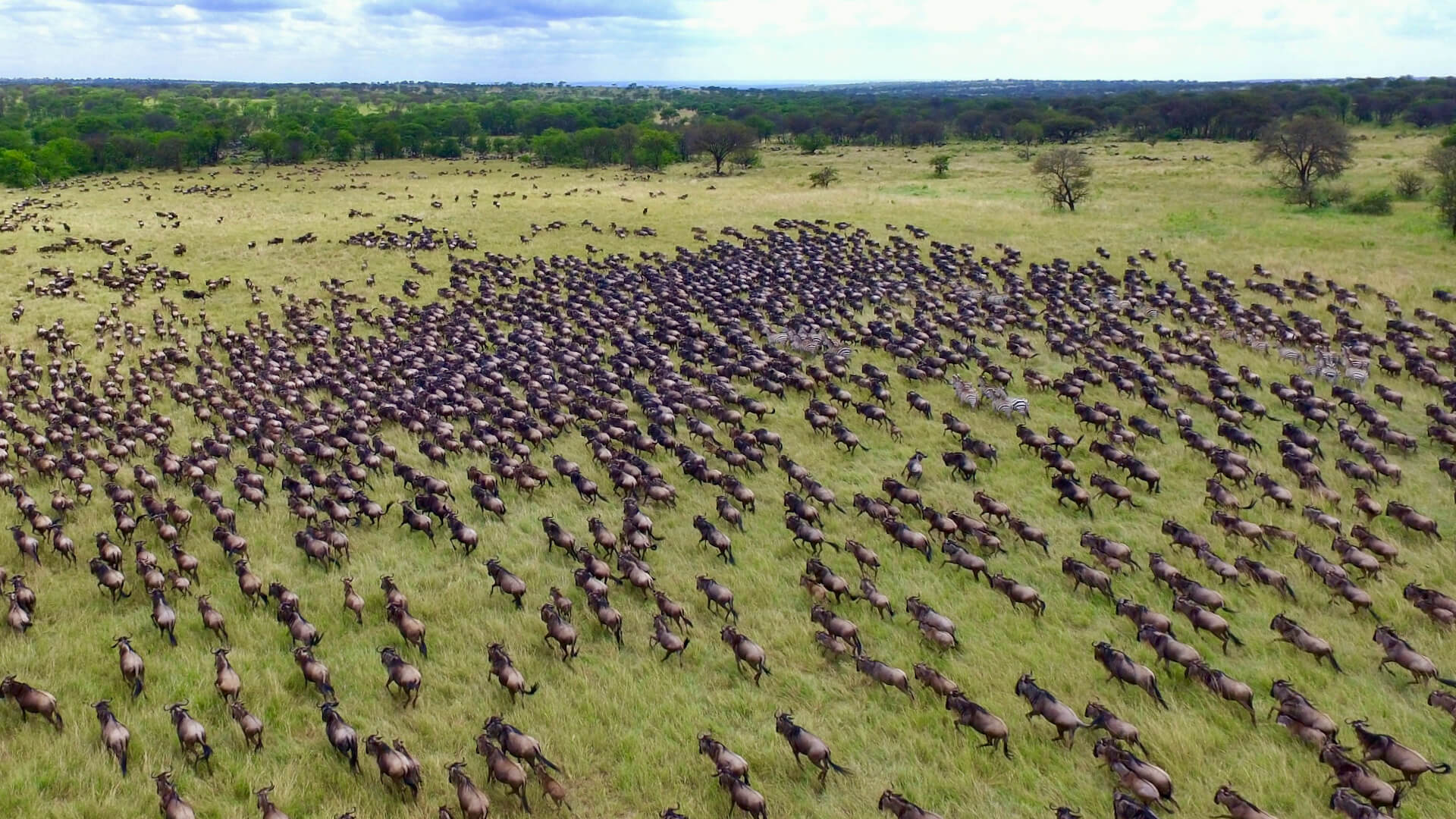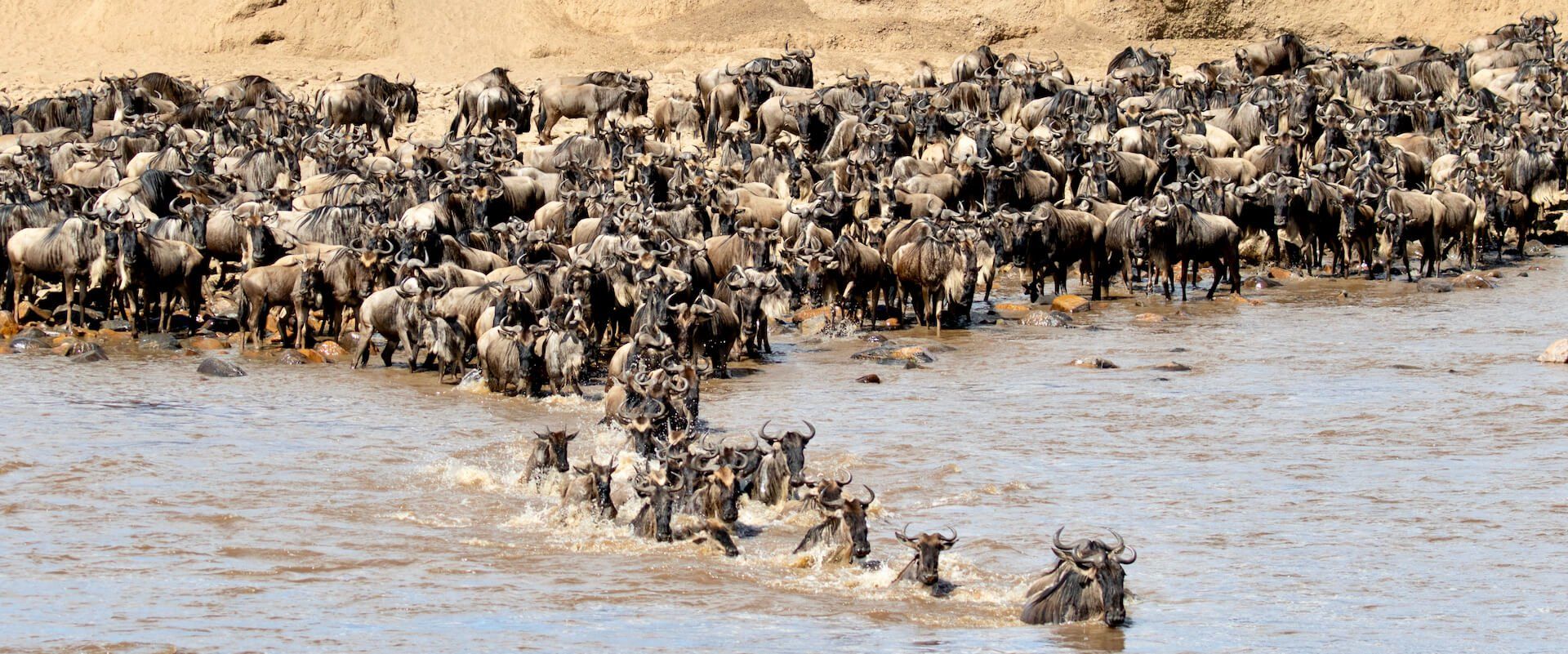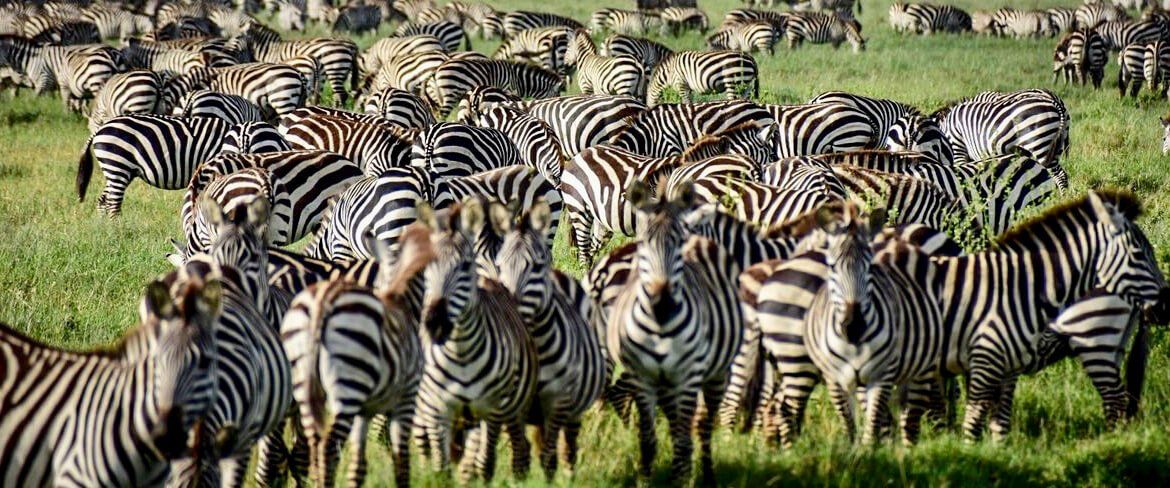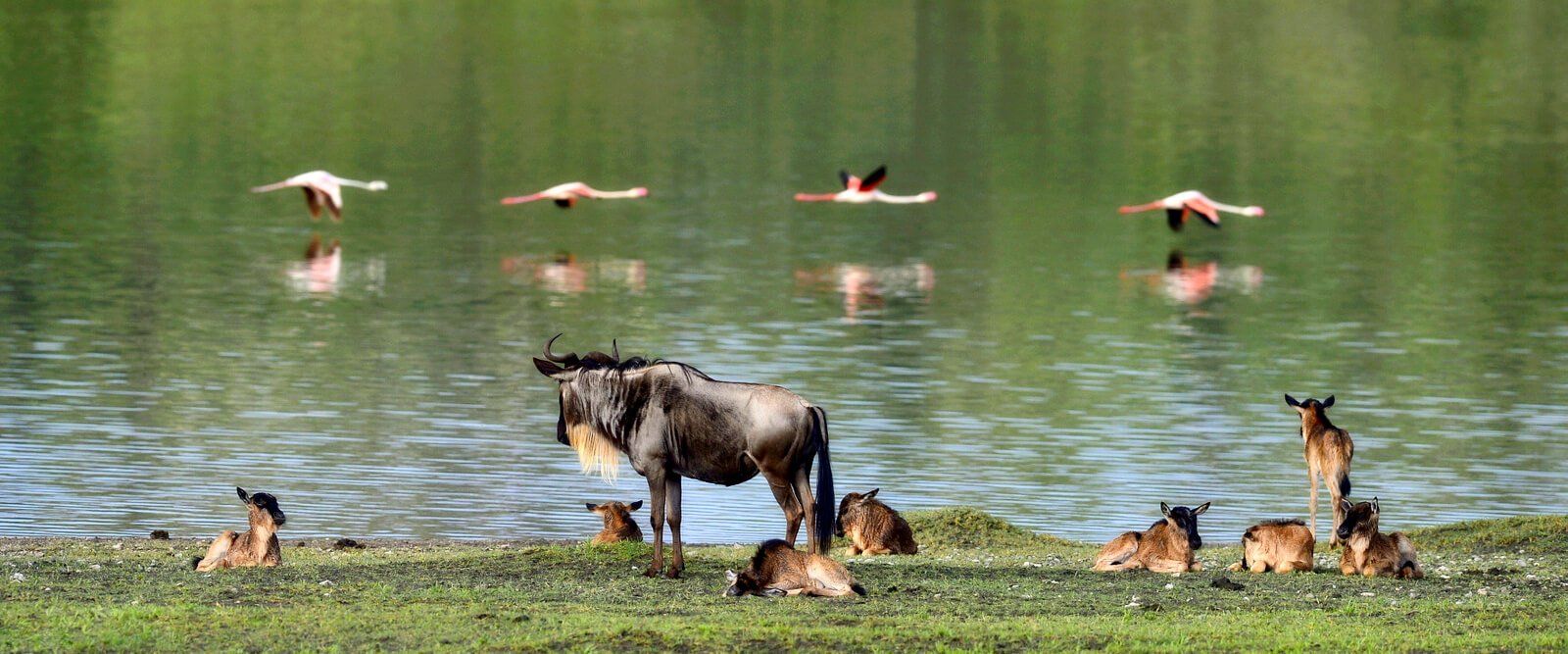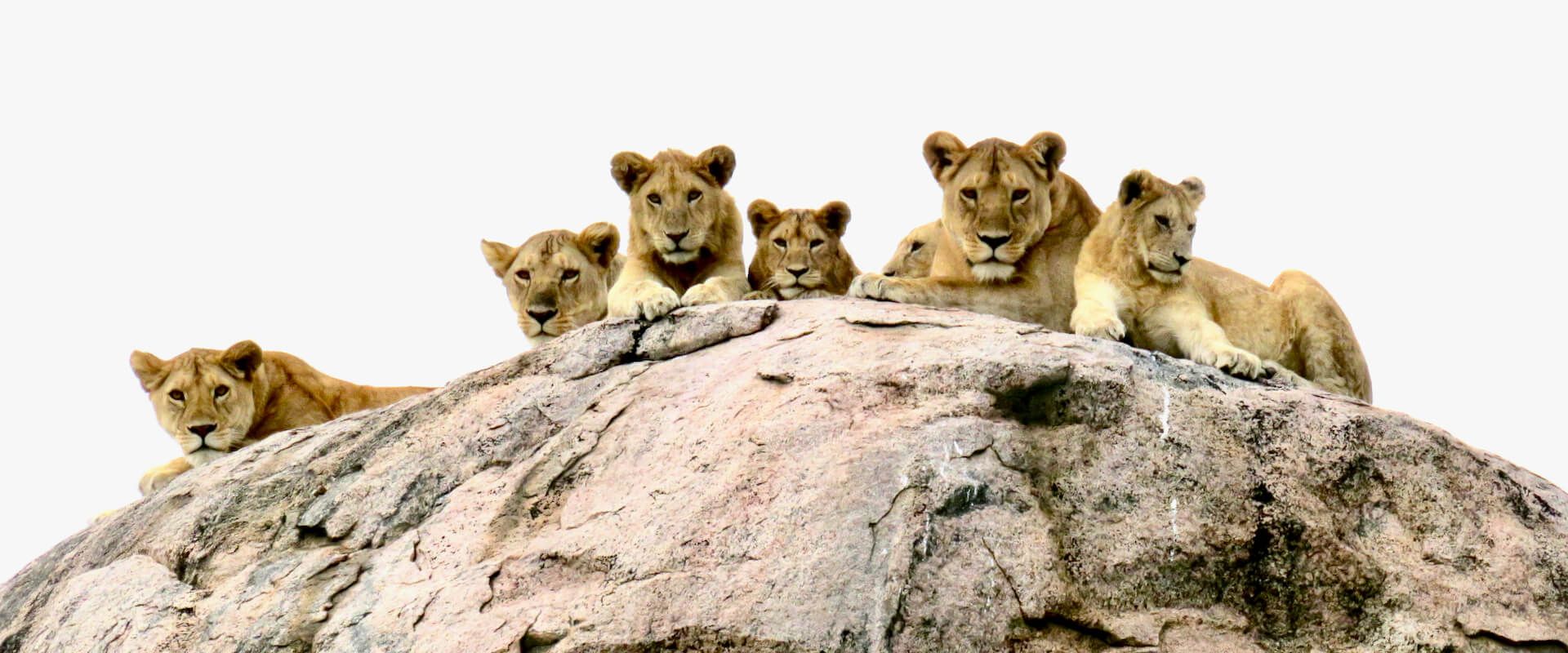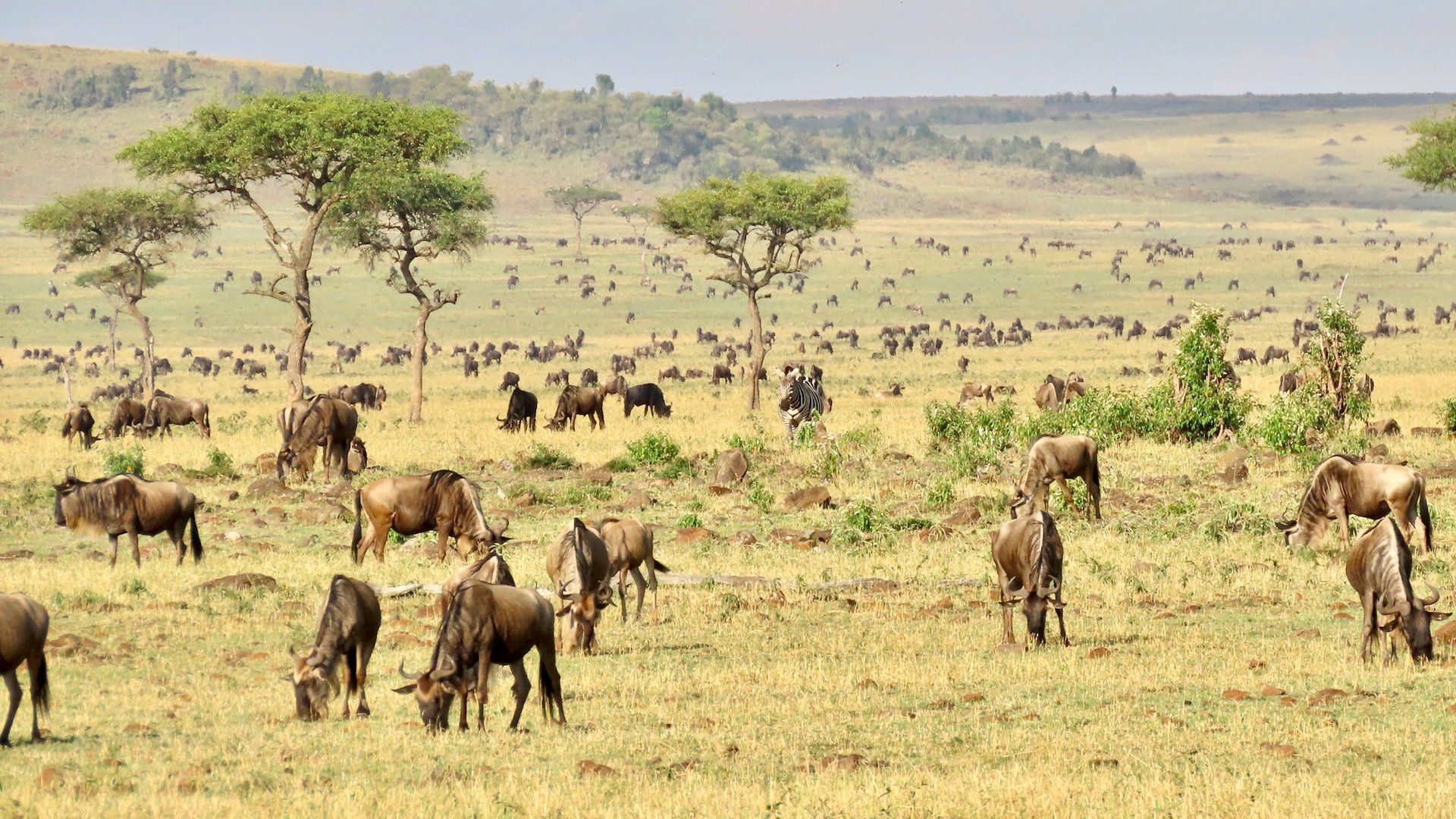One of the Seven Natural Wonders of Africa, the Great Wildebeest Migration is the most exhilarating wildlife spectacle in Africa.
1. It’s The Largest Migration On The Planet, And It’s A Year-Round Event
The Great Migration is an annual event which sees one and a half million wildebeest accompanied by hundreds of thousands of zebras and other antelope species as they follow the rains in search for food and water. The Great Migration is the largest and longest overland migration on the planet, and it only happens in East Africa!
The animals follow a clockwise movement through the Serengeti with some peak events such as the river crossings when travellers can expect to see the drama unfold with wildebeest being dragged into raging rivers by crocodiles. You will also see new born calves taking their first steps, and breath-taking scenes as hundreds of thousands of animals graze on the Serengeti’s plains.
January through March, you can spot the wildebeest migration around the Ngorongoro Conservation Area and the Southern Serengeti. This period is often referred to as the “calving season” with up to 8 000 calves being born per day at the peak of the season.
By April and during May, the herds start moving northwest, through the Central Serengeti – also known as the “big cat” area of the Serengeti. Gathered in their thousands, the sheer number of wildebeest on the vast plains is overwhelming and quite a sight to behold.
By June, the herds split into two large groups with one group moving towards the Western Corridor and congregate around the Grumeti River while the second group take a more direct route North through the Lobo area.
In July, the herds reach the iconic Mara River, and the river crossing starts. Throughout August, September and October the action-packed river crossings continue with massive Nile crocodiles and hippos infesting the river. Many wildebeest cross the river in search of food almost daily.
November when they start moving back towards the southern plains of the Serengeti.
The movement of the annual migration is fairly predictable. However, the precise timing of the wildebeest migration moving from one year to another entirely dependent upon the rainfall patterns each year – therefore, it can slightly differ year after year.
2. Wildebeest & Zebras Grace in Harmony
One of the most interesting facts about the Great Migration is the trustworthy friendship between zebra and wildebeest.
One reason is that zebras are bulk grazers and love to eat the taller grass while wildebeest are more fuzzy eaters and prefers the shorter grass. There is no competition regarding food, and everyone is happy. The big frontal teeth of zebras are well known for eating the long grass and wildebeest loves to eat the short grass as their mouth are made to take the juice from the grass.
Also, wildebeests have a better sense of hearing, while zebras can see very well. It’s always great to have an ally that can warn you in case of any impending danger.
The third reason is that zebras and wildebeests love to graze in open grasslands and savannahs. Being out in the open makes these two antelope species very vulnerable – therefore they are also teaming up for safety.
While the wildebeests are extraordinarily good at sniffing out water from the ground, the zebras help out with protecting and navigating during the wildebeest migration.
3. You’ll Witness The Start Of New Lives
Although there is no real beginning or end to this migratory circuit – other than birth and death – it seems reasonable to call the wildebeests’ calving season the start of the migration.
During these first few months of the year (January to March) the wildebeest are grazing on the nutrient rich short grass of the Serengeti's southern plains and the Ngorongoro Conservation Area. During this time you can witness the miracle of half a million calves born.
You will be surprised that wildebeest calves can, in fact, stand from about 7 minutes after being born and run with the rest of their herd in less than two hours. After a few days, they're able to outrun predators like lions, hyenas, and wild dogs. When the wildebeest mothers are grazing, the calves lie in the grass and instantly blend in with the soil due to their light brown fur which will darken with age.
Predator density at this time on the southern plains is said to be higher than anywhere else in the world. Visiting Tanzania during the calving season you can expect brilliant interaction between predators and prey.
It is a priceless moment to witness wildebeest calves being born and to see the trials of learning to run as soon as possible.
4. It’s One Of The New Seven Natural Wonders Of Africa
The African continent is incredibly diverse, supporting a range of distinct and rare wildlife in its many different landscapes.
The word Serengeti means “endless plains” in the Maasai language. When you reach the Naabi Park Gate (entrance gate to the Serengeti), you need to climb to the top of Naabi Hill to see the mighty Serengeti with its rolling savannas, dotted with iconic acacia trees that stretch out as far as your eyes can see.
The Serengeti, being one of the New Seven Natural Wonders of Africa is Tanzania’s most esteemed tourist attraction. It is renowned for its mind-blowing wildlife and jaw-dropping landscapes, drawing tens of thousands of tourists from around the world each year.
As Tanzania’s oldest game reserve this area makes it possible for that most impressive of natural events – the Great Migration – to take place. Millions of wildebeest, zebra and other animals complete their circulatory migration each year in search of greener pasture, setting in motion an ecological event whose effects are felt by every level of the food chain.
5. Thrilling Predator Activity
The Serengeti is generally considered one of the very best places in Africa to see the big cats (cheetah, leopard and lion).
The Serengeti National Park is a big cat stronghold with an estimated 3,000 lion, and it is also considered one of the best places to observe cheetah who love the open grass plains. With fewer than 7,000 cheetahs remaining worldwide, seeing them is always very special. The beautiful, graceful and elusive leopard is the crown jewel that everyone wants to see on an African safari and the Seronera Valley in central Serengeti s one of the best places to spot for sightings in all of Africa.
One of the most photographic scenes is of lions on kopjes, outcrops on the plains that look like rocky islands. Lions regularly use the kopjes as vantage points, a place to bask in the sun as well as a place to hide their cubs. Cheetahs also use the kopjes to assist them in scouting the area for a potential meal.
The Serengeti is known for its tree-climbing lions. Lions are believed to climb trees as a behavioural adaptation to protecting themselves from the constant irritation of insect bites while lazing on the ground under trees.
Don’t forget to look out for one of the Cheetah supermoms of the Serengeti! Supermoms is moms with litters of between 5 to 6 cubs who get almost all of her cubs to independence. Eleanor is such a mom, being the mother of at least 10% of all adult cheetahs in the southern Serengeti.
Other predators you can spot in the Serengeti include serval cats, golden and black-backed jackal, spotted hyenas and wild dog (the latter mostly seen in southern Serengeti – if you are lucky).
6. Spectacular Places To Stay In The Serengeti
There are a huge selection of accommodation and accommodation styles to choose from in the Serengeti that would make your Great Migration safari an adventure like no other. eXplore Plus Travel & Tours can book from the finest luxury African safari lodges to authentic mobile and luxury safari tented camps, designed to put you in the best place to catch all the action.
7. Hot Air Balloon Experience
One of the most memorable experiences on any Serengeti safari will be a hot air balloon safari. Yes, you can do hot air ballooning elsewhere, but the difference is, it's not in the Serengeti. You arrive at the launch site early in the morning, with the team ready to start inflating the huge balloons. When the sun in the east begins to rise, and the plains are lit by dawn's yellow and orange, the team on the ground unties the cables, and the balloon slowly rises into the sky. Imagine floating for an hour over the beautiful plains of the Serengeti, viewing animals from up high as you float across the savannah!
The ground team is waiting in the field, ready to pop bottles of champagne - an old tradition for pilots of hot air balloons when they land. A full English breakfast follows this in the middle of the bush! It is the best way to end this genuinely luxurious experience.
8. Wildebeest As Far As The Eye Can See!
The great wildebeest migration is an experience that is on the top of every wildlife enthusiast’s bucket list. Imagine thousands upon thousands of wildebeest moving powerfully across vast dusty savannas, filling the plains for as far as the eye can see, crossing mighty rivers where crocodiles lay in wait hoping to catch a feast.
One day, there are these vast empty plains. The next morning, you’ll go on a game drive, and the same plains will be full of wildebeest, as far as you can see. With black specks all across the landscape, like someone has taken a pepper shaker to the African savannah.
Or they will start moving, forming columns that can stretch up to 30 km in length as they move across the plains, following an age-old route in search of grazing and water.
The breath-taking sight of seeing the Great Wildebeest Migration, when hundreds of thousands of wildebeest and zebra travel across the Serengeti plains is an event of such magnitude that you can only understand it when you see it in person!
9. Fantastic Photographic Opportunities Await
Think Serengeti – think photographic moments!
With its prolific and diverse wildlife plus With over 500 bird species and 300 species of mammals (of which 80 are large mammals) and its impressive landscapes, Tanzania is truly a photographer’s heaven. Add to this the wildebeest migration and opportunities for great photos are in ample supply.
A Serengeti safari will exceeded anybody’s expectations, not only because it offer some of the greatest wildlife photographic opportunities, but it also provided a wonderful feeling of the true African wilderness.
The photography experience is made even more special by beautiful scenery, dramatic cloud formations, the sunsets, the grassy plains which turn to dark reddish colour as it dries with the odd flat-topped acacia trees, and granite kopjes rising above the plains.
10. Wildebeest Migration River Crossings
Seeing river crossings in the Serengeti is all about being in the right place at the right time! River Crossing can be witnessed at both the Grumeti River in Western Serengeti (Western Corridor) as well as at the Mara River in Northern Serengeti.
The Grumeti River crossings are very unpredictable – mainly due to varying weather patterns. If it is a dry year, the herds will push early North towards the Mara River, drawn by the promise of the lush pastures of Northern Serengeti and the Masai Mara. It is recommended that you split your time between the West and North during these months to maximise your chances of spotting the migration.
The best time to visit the Western Corridor and the Grumeti Reserve is generally end May through to July.
The Mara River in Northern Serengeti is the greatest hurdle for the wildebeest - a vast and rushing river populated by hungry Nile crocodiles and with lion frequently wait in ambush to the wildebeest who survives the crossing. The Mara River crossings are amongst the most dramatic wildlife crossing spectacles on the planet.
The Mara River runs along the border of Tanzania and Kenya, separating the Serengeti from the Masai Mara. The Kogatende area in Northern Serengeti has a great number of crossing points, and it is also the only place where you can cross the Mara River by vehicle to enjoy river crossings and game drives on the northern bank of the river – in the Lamai Wedge with its beautiful plains.
River crossings usually start in the middle of July - although this can change depending on the weather. By August, the river crossings are well underway. From August to mid-October, the plains of the Northern Serengeti and the Masai Mara are filled with grazing wildebeest and zebra with almost daily crossings.
By October the migration starts to work its way back to the southern Serengeti.
Our safari specialists have personally experienced the wildebeest migration. They will tell you everything - from the best time to travel, suggest hand-picked places to stay during your trip and make sure you ready and fully prepared for your trip. Furthermore, we will make sure you travel with one of the best local guides in Tanzania who have a vast knowledge of wildlife and their countries cultures.
The Great Wildebeest Migration – with two million wildebeest, zebras and gazelles across the Serengeti and Masai Mara ecosystems is a truly spectacular event. An event NOT TO MISS!
Share
